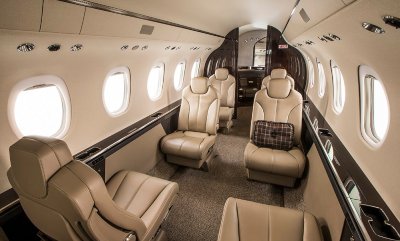How are drones regulated?
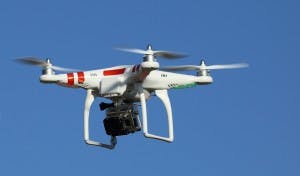
The use of the drone is one of the most talked-about topics in aviation innovation. And the potential for these UAVs (Unmanned Aerial Vehicles) is huge, both commercially and for public good, such as for search-and-rescue operations and geographic surveys.
But with availability soaring in the last year or so, as prices come down (they can cost from just a few hundred pounds now), there are also increasing concerns about safety and privacy – such as the unidentified drones spotted in Paris earlier this week. And an increasing focus on drone rules and safeguarding, on both sides of the Atlantic.
Drone rules in Europe
Some rules exist already in Europe but they are variable by country and widely felt to be lacking in detail. In the UK, the CAA (Civil Aviation Authority) require commercial drone users to apply for a special permit and between January and October 2014, the number of organisations permitted by the CAA to fly drones rose by 80%. But the requirements aren’t all that clear and research has shown that they are not widely followed by drone users.
Hobbyists do not currently need a permit, but drones over 20kg (44lb) are banned, and lighter ones must remain in the operator’s direct view.
In terms of flight areas, the rules simply say that unmanned aircraft cannot fly closer than 150m (492ft) to any congested area, or within 50m (164ft) of any vessel, vehicle or structure that is not controlled by the person in charge of the aircraft.
So it’s widely felt that more rules and monitoring are required. There are fears of public safety risks otherwise – such as terrorism and increased media or government intrusion.
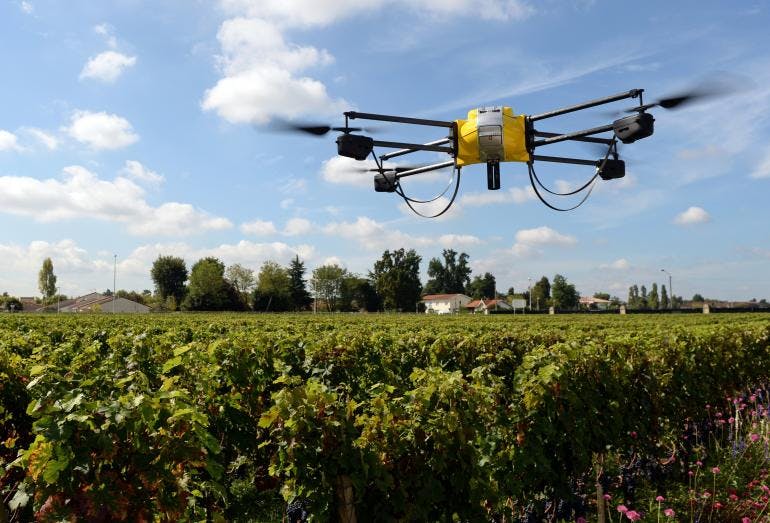
The last few weeks have seen some significant developments. This week in Europe, the House of Lords EU Committee released some early recommendations for more regulations. The Committee is urging the EU to create an online register of drone owners and introduction of a ‘kite mark’ accreditation system for the drones themselves. This would apply to business users initially, and then later expand to encompass consumers.
The committee made several other recommendations, including greater use of geo-fencing – programming drones to prevent access to high risk sites such as airports and prisons locations based on their GPS co-ordinates.
Drone rules in the USA
Similarly in the US, current FAA rules make drones legal for hobbyists, but not for businesses – unless they have an exemption from the FAA. And supposedly only a small number of these have been granted so far.
But the FAA has recently released its proposed new regulations for business usage, after a long period of consideration. These won’t take affect until early 2017, as the proposals must be subject to a two-year period of public review and feedback.
Many were concerned that drone operators would need a pilot license – a major commercial blocker – but that’s not been proposed. They will need to pass a written proficiency test, register the drone and pay about $200 in fees, but there will be no practical test of their flying skills. So these rules would make it relatively simple for real estate agents, aerial photographers, police departments, farmers and anyone else to apply for a permit to fly small drones for work purposes.
The FAA expects more than 7,000 business applications for permits in the first 3 years.
What’s the future for drones?
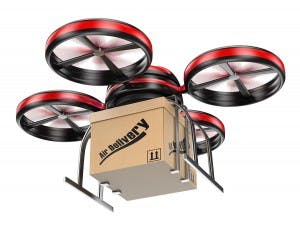
The drone industry is already a fast-growing contributor to the global economy and this will become even more the case in the decades ahead: It’s estimated that the industry could be responsible for creating as many as 150,000 jobs across Europe by 2050.
If more commercial use is allowed, the use of UAVs could revolutionise the way we live – a huge number of industries could benefit including crop monitoring, medical deliveries, transport and logistics…the list goes on.
But of course regulation must go hand-in-hand with this. It’s going to be fascinating to see how this balance is struck in the months and years ahead.
While technology is at the heart of PrivateFly, we know the importance of human expertise too. You can speak to our expert Flight Team (24 hours) on +44 1747 642 777 or contact us.
Related content
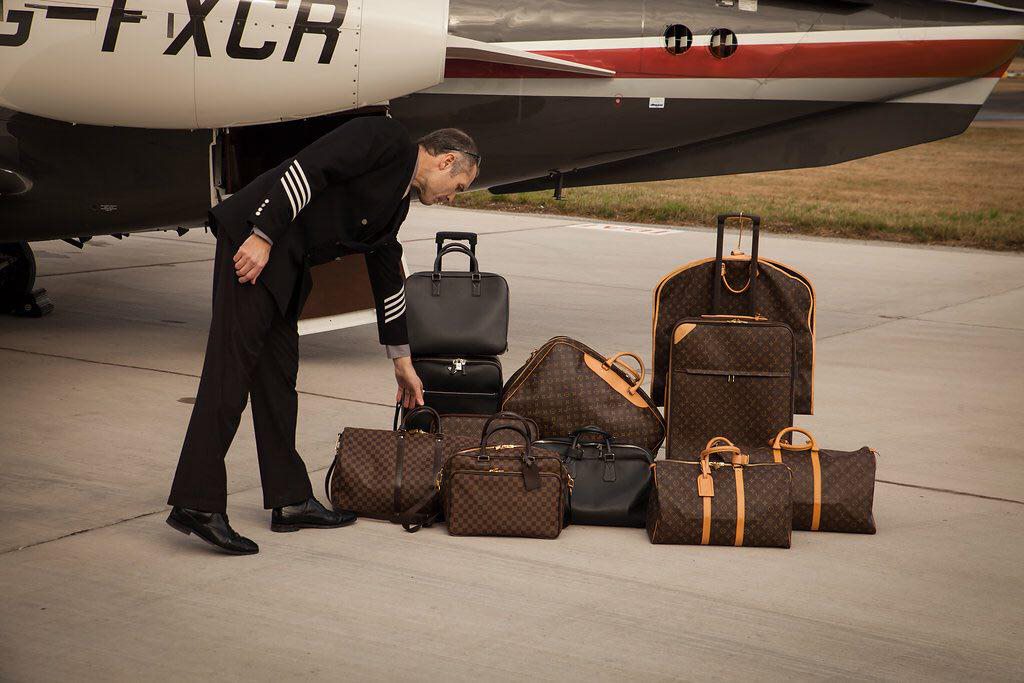
How much luggage can I take on a private jet?

Our latest exclusive Jet Card event at Dom Pérignon Maison
